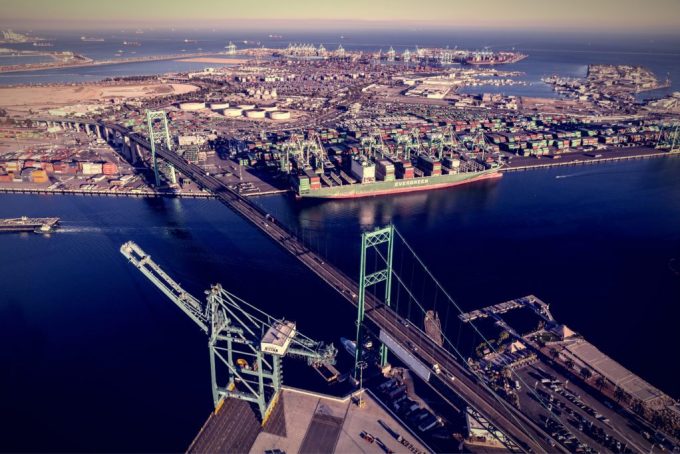'Electronic war', fake news and insurance costs weigh heavy in Red Sea
Insurance, as well as security, cost is the biggest deciding factor in Suez Canal/Red Sea ...

Import container throughput at the San Pedro Bay ports of Los Angeles and Long Beach is booming, with the neighbour facilities reporting year-on-year growth of 19% and 23.5%, respectively, for January.
The spike in demand for Asia-US west coast services, partly driven ...

Comment on this article